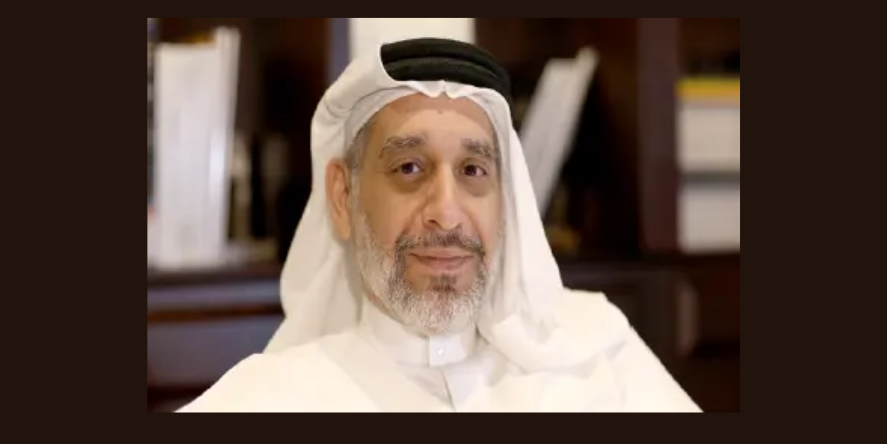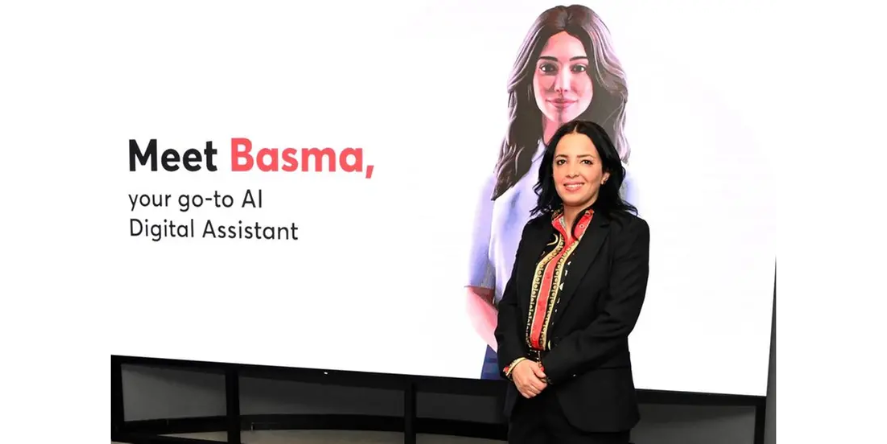Jack Dorsey recently stepped down as the CEO of Twitter and announced Parag Agrawal as the new chief executive. Reportedly, Parag joined Twitter almost a decade ago as a software engineer. He gradually climbed the corporate rankings to become the CTO and now the CEO. The IIT-B graduate and a Ph.D. holder from Stanford University was personally recommended by Jack as the new CEO because of his deep understanding of the company and his working style.
The board members of Twitter and the brokers at Wall Street have accepted a software engineer as the head of the social media platform. So, what exactly are the qualities of a software engineer that makes them eligible to become the head of a social media organization. First and foremost are the problem-solving and strong analytical skills that help an engineer to adapt to most industries or service sectors in the world. The perennial demand for software engineers and the increasing size of their salaries combined with the privilege of flexible working conditions does not alleviate them from stress and other health conditions.
In this era of ‘Great Resignation’, when employees across sectors are re-evaluating their career choices and employer perspectives, it is imperative for employers to probe the conveyances and the benefits that are on offer for an employee. Everest Engineering, an Australia-based software engineering firm has been quite vocal about prioritizing employee wellness. Its 100+ strong team has built web apps, mobile native and hybrid apps, conducted debugging and performance improvements and similar other projects.
We spoke to one of the founders of Everest Engineering, Ranganathan Balashanmugam, to understand some of the modern-day challenges, trends and learnings from the pandemic for a multi-national software engineering company. Ranganathan Balashanmugam is also the CTO of Everest Engineering.
List out a few challenges that you have come across as a CTO and Software Engineer. Can you portray an evolutionary timeline of the kind of challenges engineers like you have been facing since 2000?
With the increase of mobiles and apps, an app can be hit overnight. And if the app does not scale the unpredicted demand, a competitor can come and replace it overnight. So, the need for building an elastically scalable app has become very important. And the cloud-first approach became demanding. In the beginning, it was challenging to adapt to the cloud because engineers were uncomfortable with someone else owning your servers and more uncomfortable with the data sitting in a shared server with others. Now, it is a lot more mature.
Engineers were expected to build applications that integrate with apps that they had no idea about. There was not much prior knowledge or maturity in that space. Even now, there are no standards around that, but now at least, there are enough frameworks and patterns that can support those needs.
One big challenge all tech companies face is the adoption of new technologies. The company would have built software and a vast user-base since they have an existing product and are busy addressing their users, as well as adding new features.
At the same time, with the rate at which technology is evolving, businesses face challenges to take steps to adapt to the latest technologies that give them a competitive advantage. Many startups come with that competitive advantage and then take over by leveraging the technology.
What have been your biggest learnings from this pandemic?
Before the pandemic, a critical number for any business was profits. So, most of the decisions were based on reducing costs and increasing profits. After the pandemic, resilience is another important dimension. For example, if you are a physical store with no online presence, one essential thing post-pandemic is setting up online deliveries or having a delivery partner. Some businesses went beyond being resilient in what Nassim Taleb calls “Anti-Fragile”. It took a shock to grow the business and work around the factors affected by that. A few restaurants created a good online presence, with fast and safe deliveries that their business is far more than when they were a physical store.
Communication was an essential tool during the pandemic. When we were working in the same office, we used to talk and know what was going on with watercooler conversations and other general chit-chats. During the pandemic, with a lot of news around, people are anxious. There are a lot of things that change every day, like losing or gaining a customer. These changes will have an impact. It is essential to keep communicating frequently. It helps to reduce anxiety.
Adaptability is important but more important than that is the pace of adaptability responding to change. We all would have heard of the fable of the frog when dropped in hot water jumps out instantly, but when placed in a gradually heating water cannot recognize the change and eventually ends up getting boiled. Unlike the frog, adaptability is not just reacting when everything has changed; it is about forecasting and reacting continuously when the change is gradually happening.
What has been the changing face of consumer-led software solutions and service-based software solutions in India? We would like to know the current trends of both types.
I see a lot of adoption of customer-led software in India. Unlike in the past, people expect high-quality software and service or switch to competitors very fast. If one app takes ten steps to do something and another takes two steps to reach there, people choose the latter. And more importantly, people switch fast to the new app. Though it sounds fundamental, the trend is high quality, simplicity, user-friendliness, and reliability at some level.
What are your experiences in turning a team of programmers into a team of software engineers?
I like that question. We distributed t-shirts at a conference, saying, “Software engineering is not just programming”. It is a mindset. I meet many software engineers who think writing code or writing better code is the right way to build software. I believe software engineering is about keeping the client in the center and the product, design and engineering team coming together and solving the program together.
To start, we hire people with that problem-solving attitude and coach them. We expose the programmers to the customer conversations directly. The designers, product and engineering team come together and solve the problem along with the customer. It gives them a better understanding of the problem and offers different perspectives. Making programmers understand why we build a feature with a customer-first approach provides a better approach to software engineering. Regular demos, end-user testing will fine-tune the approach.
According to you, what are the pros and cons of our Indian Education system? How has it been affecting the work habits and the work culture at Everest Engineering?
With the scale of people graduating and the scale of the education system in India, it is tough to be specific on feedback. I believe that there are good students in both great and average institutions. They leverage all the support the system provides and keep moving forward. Some institutions are very good at providing that support.
We try to hire people with that attitude of learning and problem-solving. We have a training and coaching program to bring all the people to a common ground. We have hired a diverse range of people who from completely different disciplines and train them to be successful at software engineering. They come with excellent ideas and perspectives. And with continuous feedback, we learn from each other.
Article by Ujal Nair. Excerpts of an email interaction with Everest Engineering
Also read: Lessons on turning the Great Resignation into the Great Attraction in the Tech industry















